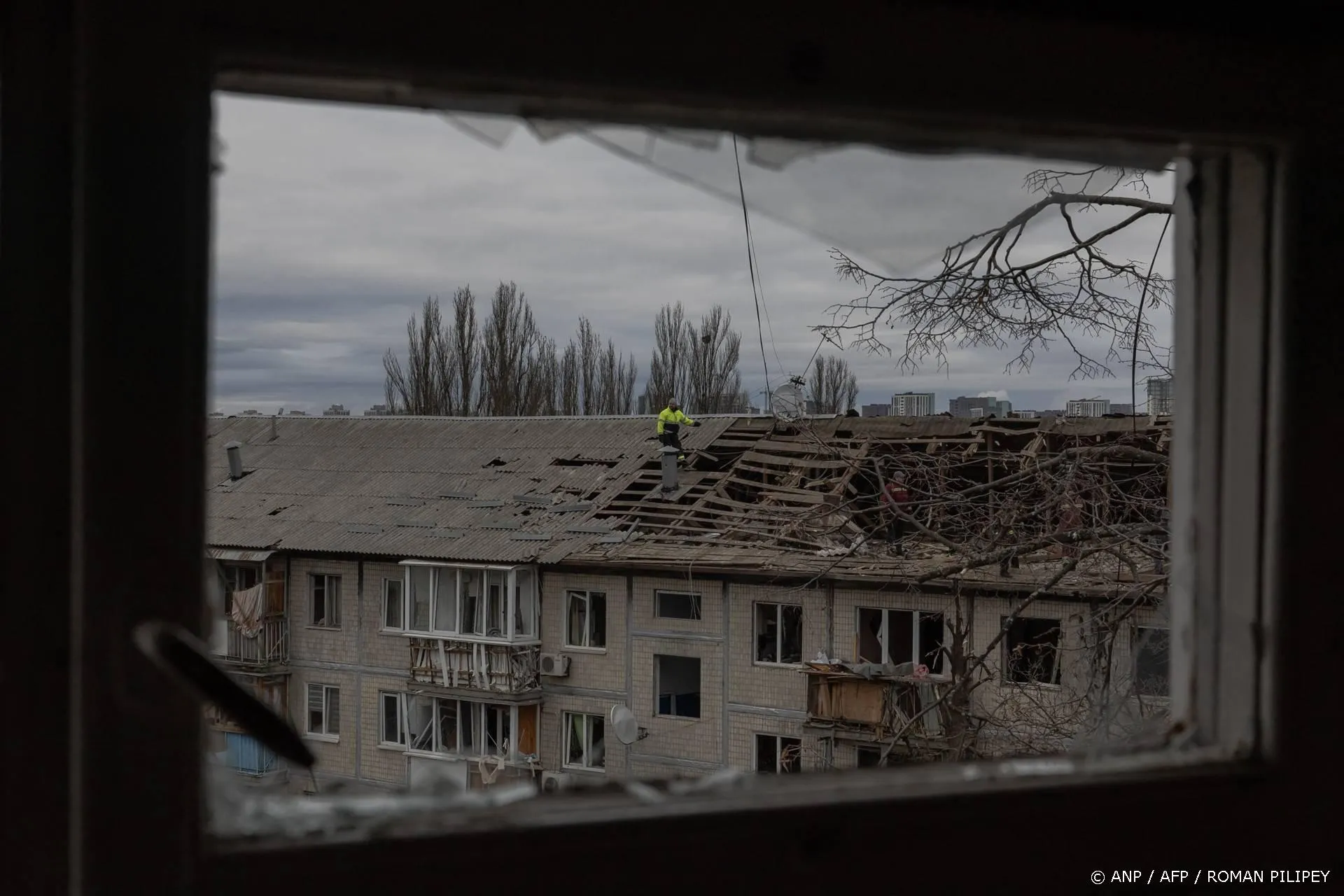Resultaten onderzoek CERN naar Svensmark-hypothese
De Svensmark-hypothese houdt in dat kosmische straling, gemoduleerd door variaties in zonne-activiteit, van invloed is op wolkenvorming, die op haar beurt weer een dominante invloed heeft op het klimaat en in het bijzonder de temperatuur.
Deze hypothese is een nachtmerrie voor de aanhangers van de menselijke broeikashypothese (AGW=Anthropogenic Global Warming), zoals verkondigd door het VN-Klimaatpanel (IPCC). Immers als Svensmark gelijk zou hebben, kan de AGW-hypothese op de schroothoop van de geschiedenis en is alle heisa van de klimaatalarmisten voor niets geweest. Ook het klimaatbeleid zou in dat geval zinloos zijn. (Terzijde: dat is het nu ook al, want het heeft geen enkel meetbaaar effect op het klimaat daarover zijn AGWers en klimaatsceptici het met elkaar eens.) De AGWers hebben er dan ook jarenlang van alles aan gedaan om (nogal kostbare) experimenten te blokkeren, die zouden kunnen aantonen dat er een grond van waarheid in de Svensmark-hypothese schuilt. Uiteindelijk heeft CERN toch besloten om zo'n experiment uit te voeren: CLOUD = Cosmics Leaving OUtdoor Droplets.
Het onderzoek stond onder leiding van Jasper Kirkby. De resultaten daarvan zijn kort geleden bekend gemaakt in het blad Nature. Zie hier en hier. Deze lokten een welhaast lyrische reactie uit van de wetenschapsjournalist Nigel Calder, die samen met Henrik Svensmark enige tijd geleden het boek 'The Chilling Stars' heeft geschreven.
Deze reactie is hier hier te vinden.
Citaat:
Shifting from my insiders perspective on the CLOUD experiment, to see it on the broader canvas of the politicized climate science of the early 21st Century, the chief reaction becomes a weary sigh of relief. Although they never said so, the High Priests of the Inconvenient Truth in such temples as NASA-GISS, Penn State and the University of East Anglia always knew that Svensmarks cosmic ray hypothesis was the principal threat to their sketchy and poorly modelled notions of self-amplifying action of greenhouse gases. In telling how the obviously large influences of the Sun in previous centuries and millennia could be explained, and in applying the same mechanism to the 20th warming, Svensmark put the alarmist predictions at risk and with them the billions of dollars flowing from anxious governments into the global warming enterprise.
Ook Henrik Svensmark zèlf reageerde positief, zij het wat minder uitbundig dan Nigel Calder.
Svensmark:
"Of course there are many things to explore, but I think the cosmic-ray/cloud-seeding hypothesis is converging with reality."
Op Real Climate, de website van de hoofdrolspelers in het Climategate-schandaal, werden de resultaten van het onderzoek door Gavin Schmidt enigszins gerelativeerd.
Ook de onderzoeksleider zèlf, Jasper Kirkby, was van mening dat er nog vele vragen onbeantwoord waren. Geoff Brumfiel schrijft daarover in Nature:
Kirkby hopes that the experiment will eventually answer the cosmic-ray question. In the coming years, he says, his group is planning experiments with larger particles in the chamber, and they hope eventually to generate artificial clouds for study. "There is a series of measurements that we will have to do that will take at least five years," he says. "But at the end of it, we want to settle it one way or the other."
Mijn persoonlijke favoriet is tot dusver het commentaar van David Whitehouse. Onder de titel, 'CERN Finds "Significant" Cosmic Ray Cloud Effect' schrijft hij:
CERNs CLOUD experiment is designed to study the formation of clouds and the idea that Cosmic Rays may have an influence. The take-home message from this research is that we just dont understand clouds in anything other than hand-waving terms. We also understand the effects of aerosols even less. The other things to come out of it are that trace constituencies in the atmosphere seem to have a big effect on cloud formation, and that Cosmic rays also have an effect, a significant one according to CERN.
The hypothesis is simple. Solar activity modulates the incidence of Cosmic Rays on Earth, and the Cosmic Rays affect cloud formation by providing more condensation nuclei on which water droplets grow. More clouds mean more reflected sunlight and a cooler earth. Its an elegant idea though in the real world the effect, if it exists, is bound to be muddied by many other influences. One can look for correlations in nature and appeal to climate models to prove or disprove the effect. Model based refutations are not impressive given the assumptions built into them. The observational evidence has been argued about for years. Experiments are however a different thing entirely.
En zo gaat hij door met een nogal technisch verhaal.
Conclusie:
This research is an important first experimental step in understanding the influence that Cosmic Rays may have on climate. It is important because the experimental results do not rule out the idea. Opponents of the hypothesis are not denying this, but are instead looking to other data and models to explain why the effect could not work in real life. Given the unknowns and uncertainties and not forgetting the surprises thrown up in this experiment, perhaps a more humble approach would be better. Science has a way of humbling those who are too certain about things, especially when they are complex and poorly understood like clouds.
Lees verder hier.
Zo is het vaker met de voortgang van de wetenschap. Hoe meer men te weten komt, hoe duidelijker het wordt dat men minder weet dan men dacht te weten.
Ga verder met lezen
Dit vind je misschien ook leuk
Laat mensen jouw mening weten
Lees ook
Loading


